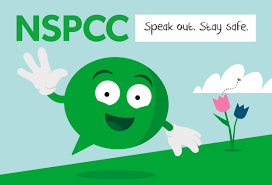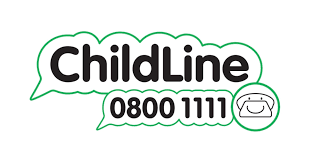What is physical abuse?
- Learning for Life and Work
- May 25, 2020
- 2 min read
Updated: Dec 7, 2023
What is abuse?
Abuse is any action that intentionally harms or injures another person. The four main types of abuse are physical abuse, emotional abuse, sexual abuse, neglect.
What is physical abuse?
Physical abuse is deliberately hurting another person - a child, young person, adult. The person may experience violence such as:

being hit
being kicked
being burned
being slapped
having objects thrown at them
being given medicine from a parent, even though the person is not sick
being shook - as a baby, which causes serious head injuries
Signs of physical abuse on a young person and the impact on their physical health may include:
bruises all over their body
bite marks on their body
head injuries like skull or facial fractures
burn marks from hot liquids
unable to make eye contact with adults
jump/flinch at quick actions of someone else moving
an inappropriate response to pain
The impact of physical abuse on a young person's emotional health include:
suffering from anxiety - as not sure what they did to deserve the abuse/attack
unable to sleep - wondering when the abuse may happen again
obsessive behaviour - as the young person tries to control what they can
low self-esteem - as the young person feels they deserve this abuse
depression - as the young person is so unhappy and cannot see a way to change what is happening to them
bullying others - as the young person wants someone else to feel the pain that they have
What can a young person do if they are suffering physical abuse?
Tell someone what has been happening - this could be a parent/guardian, a friend, a teacher in school. They will understand and be able to find help.
Consider talking to someone at an organisation that can give advice and help with the physical abuse such as:
- NSPCC
Check out the CCEA GCSE Learning for Life and Work Second Edition Textbook to find out more or check out: My Revision Notes: CCEA GCSE Learning for Life and Work: Second Edition
As an Amazon Associate I earn from qualifying purchases.


Comments